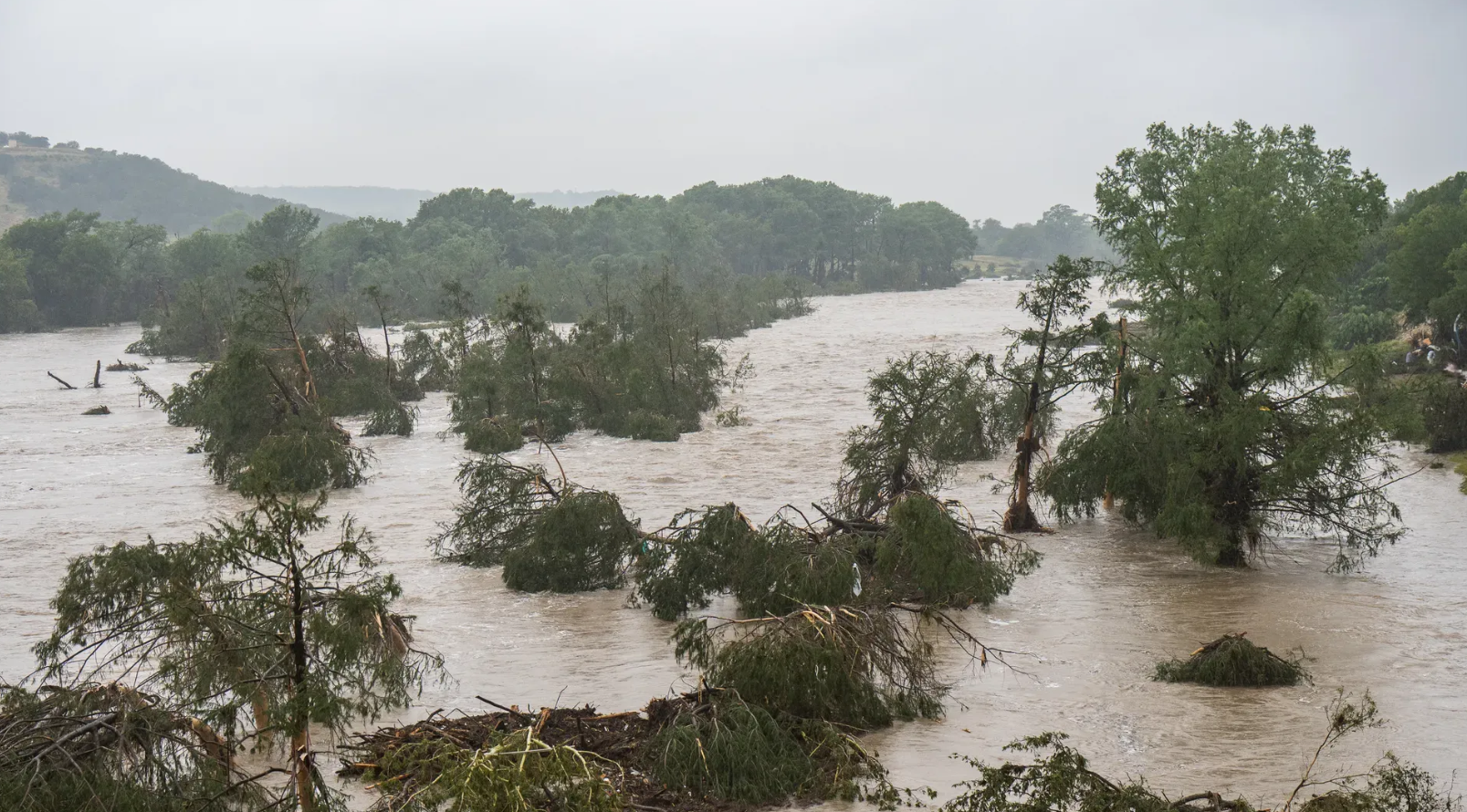July Newsletter 2025

When record-breaking rains or hurricanes hit, the devastating flooding that follows leaves thousands of homeowners in financial ruin, not because they didn’t have insurance, but because they didn’t have the right insurance.
Recent severe flooding across Texas and the surrounding regions has once again exposed a worrying reality: most homeowners’ policies do not cover flood damage. According to CNN and NPR reports this month, only about 15% of Texas households in high-risk flood zones carry separate flood insurance. That leaves the majority financially vulnerable when water invades their homes.
Why Standard Homeowners Insurance Doesn’t Cover Flooding
Many policyholders assume their standard homeowners insurance protects them against all disasters. Unfortunately, that’s not true. While fire, lightning, smoke,explosions, riots, damage from vehicles or aircraft, vandalism, theft, falling objects, the weight of ice, windstorm and hail (often limited in coverage) and snow or sleet are typically covered, flooding is almost always excluded under most standard policies.
Why? Insurance companies consider widespread flooding to be too catastrophic and unpredictable to be bundled into regular property coverage. Instead, homeowners must purchase a separate flood insurance policy, usually through the federally backed National Flood Insurance Program (NFIP) or through private insurers.
The Real Cost of Not Having Flood Insurance
Without flood coverage, homeowners must shoulder the full cost of repairs out of pocket. And the numbers are staggering. According to FEMA, just one inch of flood water can cause up to $25,000 in damage to a home.
This is not just a statistic, it’s a reality for people like Kenneth Howard, a homeowner in Livingston, Texas,who recently lost nearly everything in the historic floods that swept across the region. Kenneth had lived in his home for over 20 years and never once thought flood insurance was necessary. His house wasn’t in a designated flood zone, and over two decades, he had never seen water rise beyond his yard.
But in July, relentless rainfall turned streets into rivers. As the water surged, Kenneth and his wife had just minutes to escape. When they returned, their home was gutted. Furniture destroyed, floors warped, and walls soaked beyond repair.
The worst part? His standard homeowners insurance policy denied the claim. Kenneth didn’t have flood insurance. He’s now staring down more than $50,000 in damages and no insurance support to help rebuild. “We never thought it could happen here,” he told CNN. “It’s heartbreaking. Everything we worked for is gone.”
Like many others in his position, Kenneth is now relying on savings, temporary shelter, and hopes of federal disaster relief, which often arrives too late and falls short of what’s needed.
[Edited By: Khadija Gul]
How to Protect Yourself
1. Know Your Risk
First, check if your property is in a flood-prone area. FEMA's Flood Map Service Center is a good starting point. Keep in mind: floods can and do happen outside high-risk zones too.
2.Understand Your Coverage
Review your current homeowners’ policy. Ask your agent directly whether flood damage is covered (it almost certainly isn’t) and clarify any gray areas.
3. Get Flood Insurance
If you don’t have a separate flood policy, now is the time to explore your options:
- NFIP: Most homeowners buy flood insurance through the National Flood Insurance Program, which offers standardized rates and is available through most insurance agents.
- Private Insurance: Some companies offer private flood policies with more flexible terms or higher limits. Compare options to see what works best for your home.
4. Act Early
Most flood policies have a 30-day waiting period before coverage kicks in. Don’t wait until a storm is on the radar because by then, it’s usually too late to get protection.
Stay Informed. Stay Protected.
Floods are growing more frequent and severe and the insurance gap is leaving countless families exposed. Understand your risks. Know what your policy covers. And if flood damage isn’t included, take steps today to close that gap.
Because for homeowners like Kenneth, the true disaster wasn’t just the flood, it was discovering too late that they weren’t covered.
Being informed now can mean the difference between recovery and financial disaster later.






